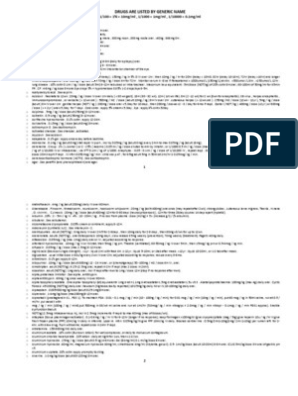0% found this document useful (0 votes)
25 views6 pages? Lecture Note
The document provides an overview of Punnett Squares, a genetic tool used to predict offspring genotypes and phenotypes based on parental alleles. It explains key terms, the structure and application of Punnett Squares, and includes examples of monohybrid and dihybrid crosses. Additionally, it discusses Mendelian genetics, inheritance laws, and non-Mendelian patterns of inheritance, highlighting their significance in understanding genetics.
Uploaded by
charisa.candelanzaCopyright
© © All Rights Reserved
We take content rights seriously. If you suspect this is your content, claim it here.
Available Formats
Download as DOCX, PDF, TXT or read online on Scribd
0% found this document useful (0 votes)
25 views6 pages? Lecture Note
The document provides an overview of Punnett Squares, a genetic tool used to predict offspring genotypes and phenotypes based on parental alleles. It explains key terms, the structure and application of Punnett Squares, and includes examples of monohybrid and dihybrid crosses. Additionally, it discusses Mendelian genetics, inheritance laws, and non-Mendelian patterns of inheritance, highlighting their significance in understanding genetics.
Uploaded by
charisa.candelanzaCopyright
© © All Rights Reserved
We take content rights seriously. If you suspect this is your content, claim it here.
Available Formats
Download as DOCX, PDF, TXT or read online on Scribd
/ 6

























































































































